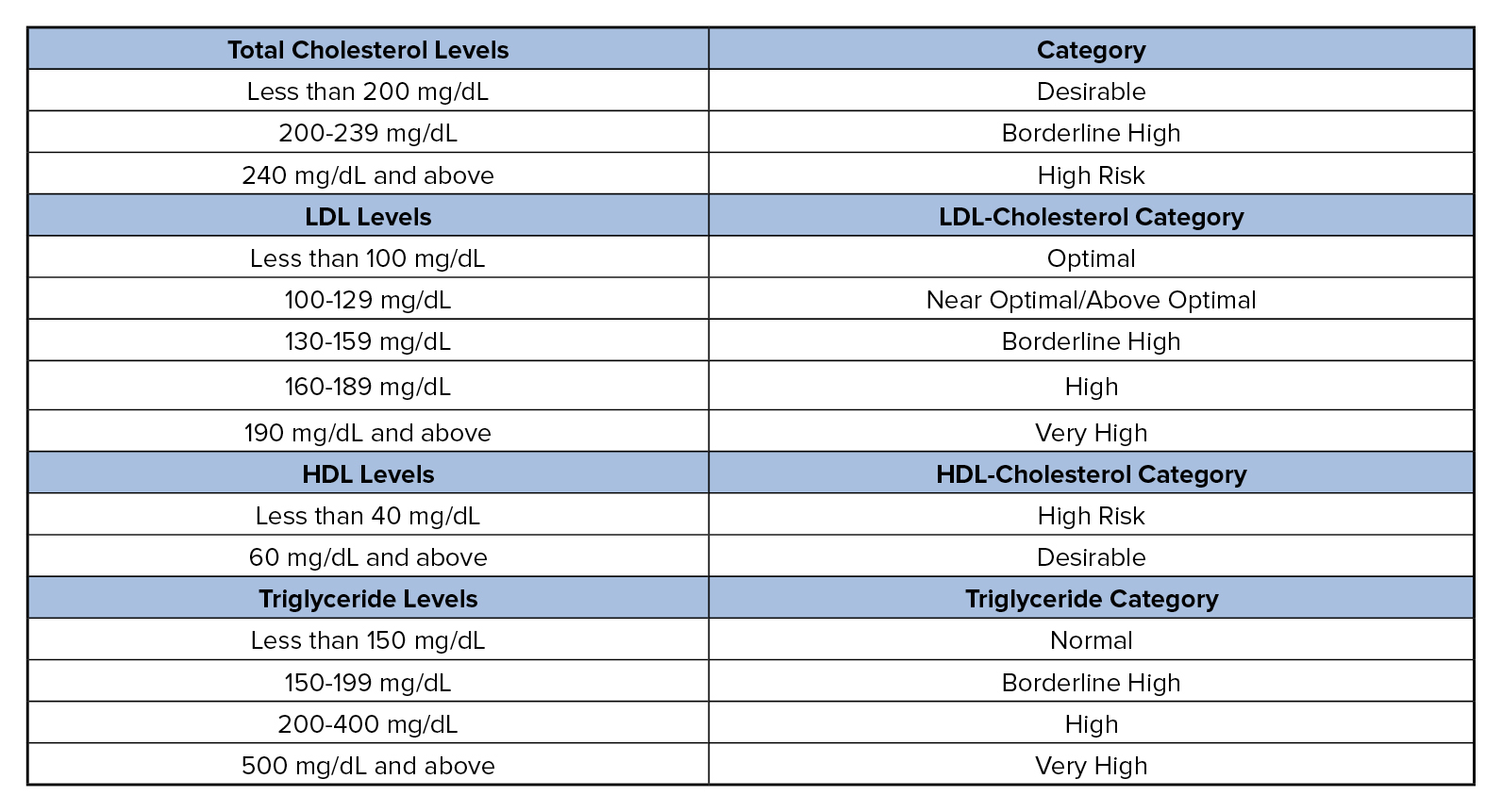Cholesterol Level 255: Understanding Health Ranges and Managing High Cholesterol
What are healthy cholesterol ranges for different age groups. How to identify high cholesterol levels. What are effective strategies for lowering cholesterol naturally. How does cholesterol impact heart health. When should you get your cholesterol checked.
Decoding Cholesterol: Types and Their Impact on Health
Cholesterol, a waxy, fat-like substance, plays a crucial role in our body’s functions. However, maintaining the right balance is essential for optimal health. There are two primary types of cholesterol:
- Low-density lipoprotein (LDL) – often referred to as “bad” cholesterol
- High-density lipoprotein (HDL) – known as “good” cholesterol
Why is LDL cholesterol considered “bad”? When LDL levels are too high, it can accumulate in blood vessels, forming fatty deposits called plaques. These plaques can narrow arteries and increase the risk of heart attacks and strokes. On the other hand, HDL cholesterol is beneficial as it helps remove excess cholesterol from the bloodstream, potentially reducing cardiovascular risks.
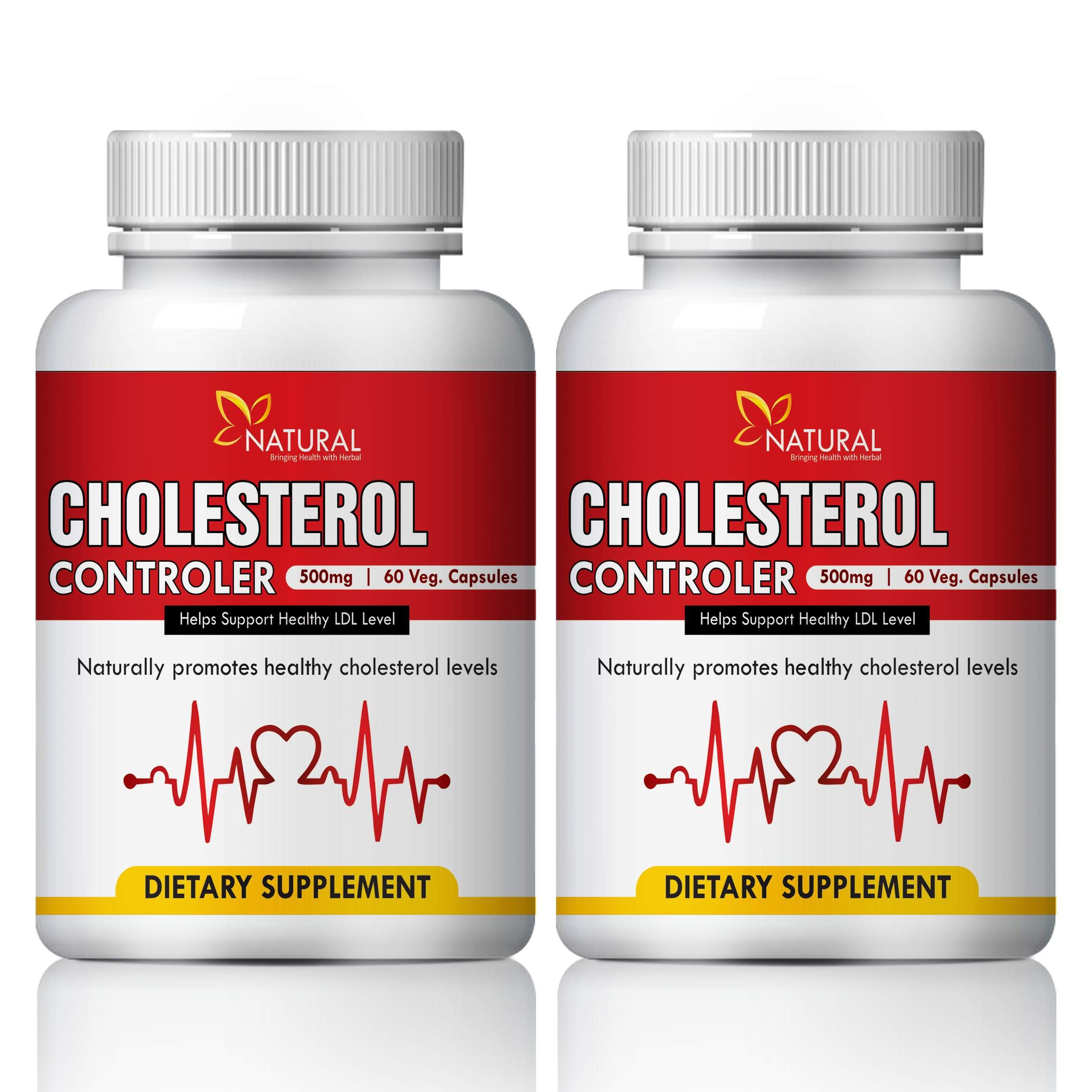
The Importance of Cholesterol Testing
Regular cholesterol testing is crucial for maintaining cardiovascular health. The Centers for Disease Control and Prevention (CDC) recommends that adults aged 20 and over should have their cholesterol levels checked at least once every 4-6 years. However, individuals with risk factors for heart disease may need more frequent testing.
For children, the American Academy of Pediatrics suggests at least one cholesterol test between ages 9-11 and another between 17-21. Children with risk factors for high cholesterol may require more regular screenings.
Understanding Cholesterol Numbers: What’s Normal and What’s High?
Interpreting cholesterol test results can be confusing. Doctors measure cholesterol levels in milligrams per deciliter (mg/dl). Here’s a breakdown of healthy cholesterol ranges for adults aged 20 and over:
- Total cholesterol: Below 200 mg/dl is considered acceptable
- LDL cholesterol: Below 100 mg/dl is optimal
- HDL cholesterol: 60 mg/dl and above is considered protective against heart disease
- Non-HDL cholesterol: Below 130 mg/dl is desirable
Is a cholesterol level of 255 considered high? Yes, a total cholesterol level of 255 mg/dl falls into the “high” category. This level indicates an increased risk of cardiovascular disease and suggests the need for lifestyle changes or medical intervention.
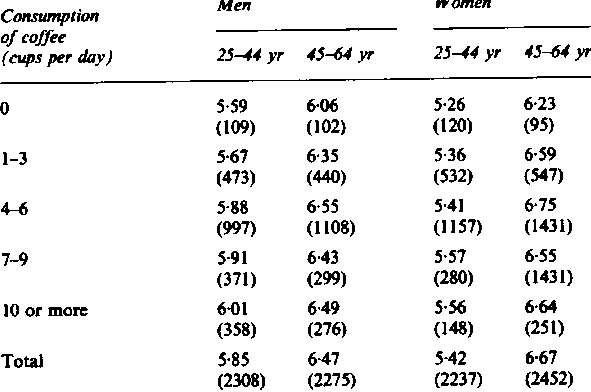
Age and Gender Variations in Cholesterol Levels
Cholesterol levels naturally tend to increase with age. Generally, males have higher cholesterol levels throughout their lives compared to females. However, women often experience a rise in cholesterol levels after menopause.
For children and adolescents aged 19 and below, the acceptable ranges differ slightly:
- Total cholesterol: Below 170 mg/dl
- LDL cholesterol: Below 100 mg/dl
Factors Influencing Cholesterol Levels: Beyond Age and Gender
While age and gender play significant roles in determining cholesterol levels, several other factors can influence these numbers:
- Genetics: Family history of high cholesterol can increase an individual’s risk
- Diet: Consuming foods high in saturated and trans fats can raise LDL cholesterol
- Physical activity: Regular exercise can help increase HDL cholesterol
- Weight: Being overweight or obese can lower HDL and raise LDL levels
- Medical conditions: Certain diseases, like type 2 diabetes, can affect cholesterol levels
- Medications: Some medications may impact cholesterol levels as a side effect
How does type 2 diabetes affect cholesterol levels? Type 2 diabetes often leads to higher levels of LDL cholesterol and lower levels of HDL cholesterol. This combination increases the risk of cardiovascular disease in individuals with diabetes.
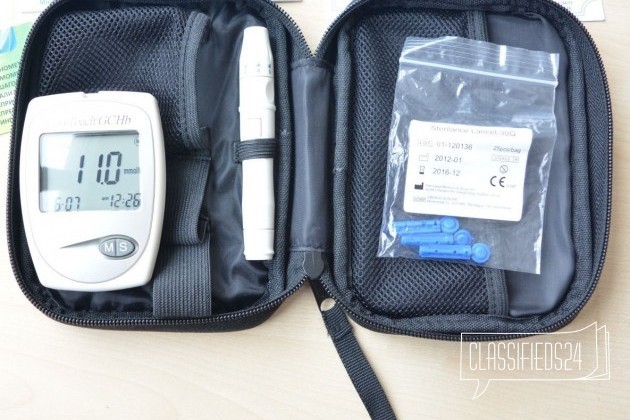
The Silent Threat: Recognizing High Cholesterol
High cholesterol is often referred to as a “silent” condition because it typically doesn’t cause noticeable symptoms. This lack of warning signs makes regular cholesterol screening crucial. Left unchecked, high cholesterol can lead to serious health complications, including:
- Atherosclerosis (hardening and narrowing of arteries)
- Coronary heart disease
- Heart attack
- Stroke
- Peripheral artery disease
When should you be concerned about your cholesterol levels? If your total cholesterol is 240 mg/dl or higher, or if your LDL cholesterol is 160 mg/dl or above, it’s time to take action. These levels indicate a high risk for cardiovascular disease and require immediate attention.
Strategies for Lowering Cholesterol: Lifestyle Changes and Medical Interventions
Managing high cholesterol often involves a combination of lifestyle modifications and, in some cases, medication. Here are some effective strategies recommended by health professionals:
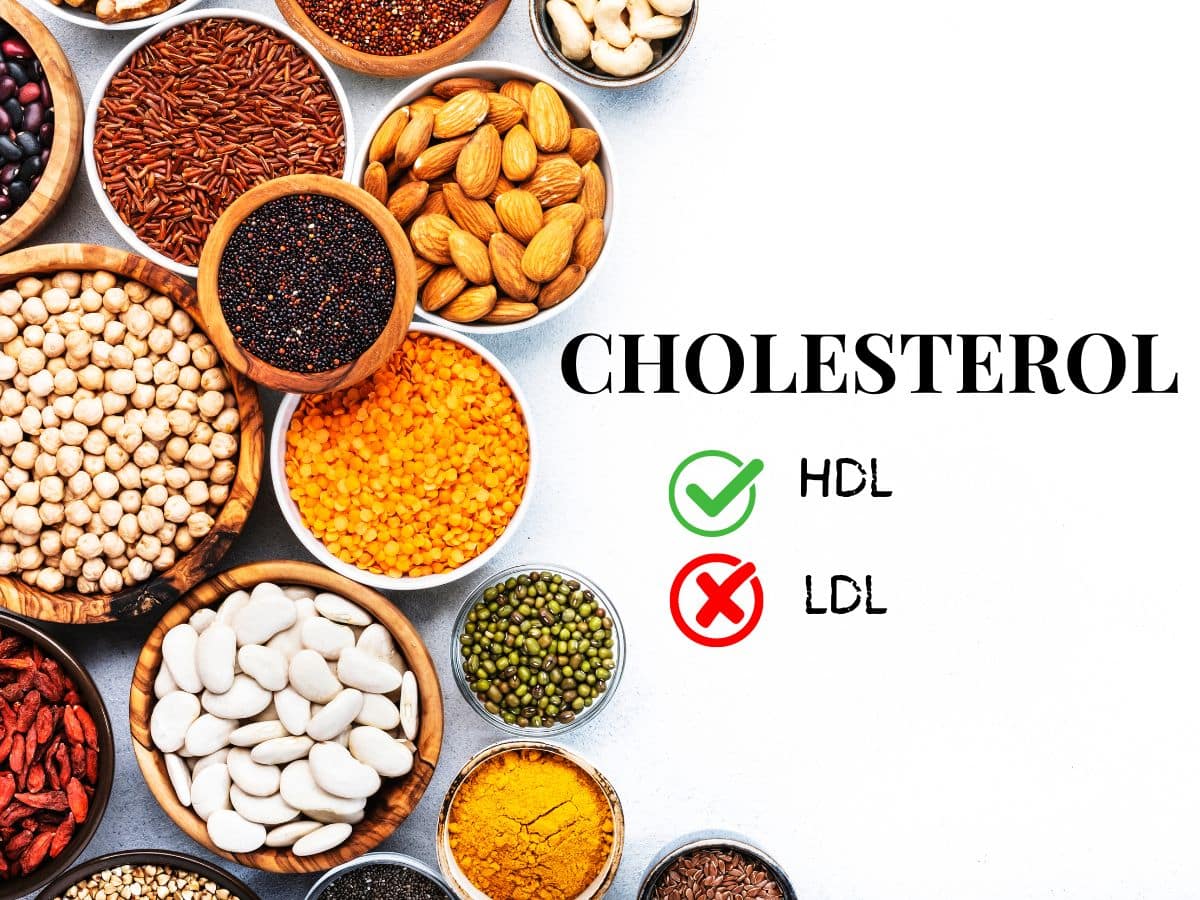
Dietary Changes
Adopting a heart-healthy diet is crucial for managing cholesterol levels. Key dietary recommendations include:
- Increasing fiber intake through whole grains, fruits, and vegetables
- Choosing lean proteins like fish, poultry, and plant-based proteins
- Limiting saturated and trans fats found in red meat, full-fat dairy, and processed foods
- Incorporating healthy fats from sources like olive oil, avocados, and nuts
- Reducing added sugars and refined carbohydrates
Which foods are particularly effective at lowering cholesterol? Oats, beans, fatty fish (like salmon), nuts, and foods fortified with plant sterols or stanols have been shown to have cholesterol-lowering properties.
Regular Physical Activity
Exercise plays a vital role in managing cholesterol levels. The National Institutes of Health (NIH) recommends aiming for at least 150 minutes of moderate-intensity aerobic exercise per week, along with muscle-strengthening activities twice a week. Regular physical activity can help:
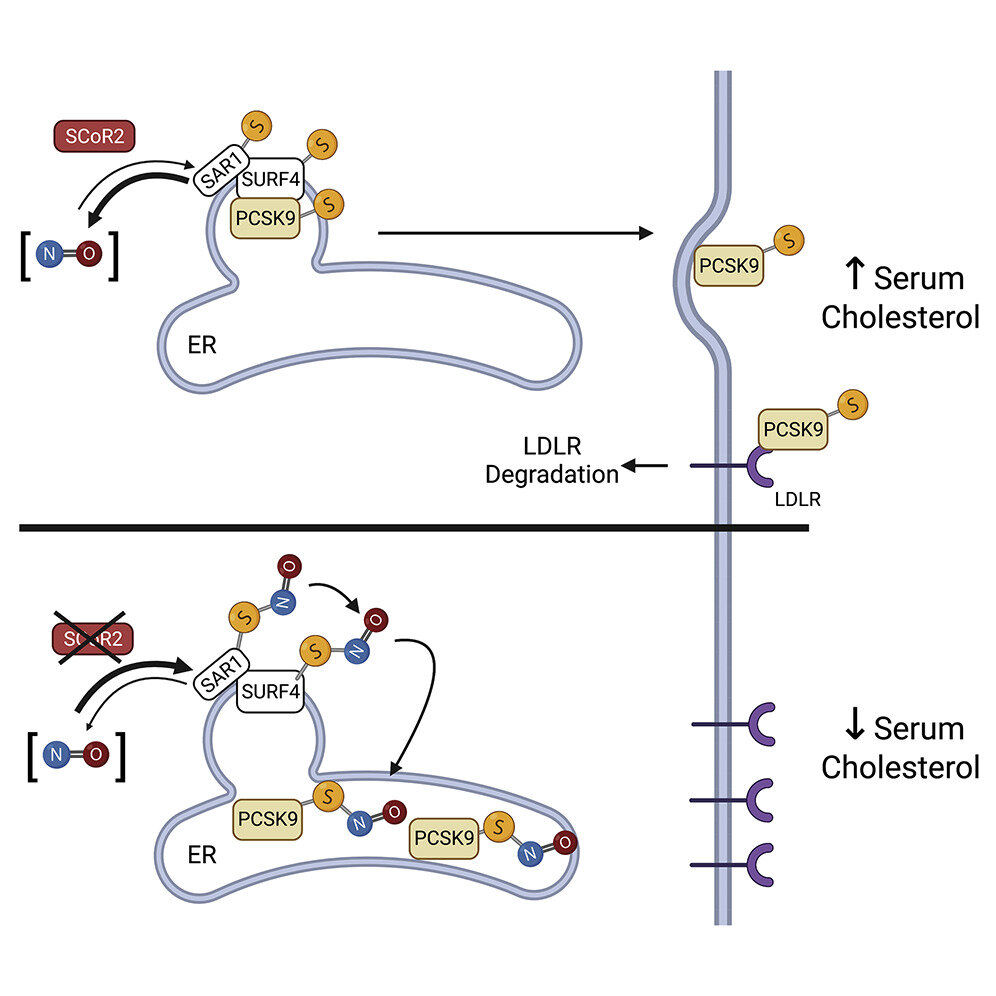
- Increase HDL cholesterol levels
- Lower LDL cholesterol and triglycerides
- Improve overall cardiovascular health
- Aid in weight management
How quickly can exercise impact cholesterol levels? While individual results may vary, some people may see improvements in their cholesterol profile within a few weeks of starting a regular exercise routine. However, consistency is key for long-term benefits.
Weight Management
Maintaining a healthy weight is crucial for cholesterol management. Even a modest weight loss of 5-10% can significantly improve cholesterol levels. Strategies for healthy weight management include:
- Portion control
- Mindful eating
- Regular physical activity
- Adequate sleep
- Stress management
Smoking Cessation
Quitting smoking can have a positive impact on cholesterol levels. Smoking lowers HDL cholesterol and increases the risk of heart disease. Within weeks of quitting, HDL levels can start to improve.
Medication
In some cases, lifestyle changes alone may not be sufficient to bring cholesterol levels into a healthy range. Your doctor may recommend medication to help manage your cholesterol. Common cholesterol-lowering medications include:
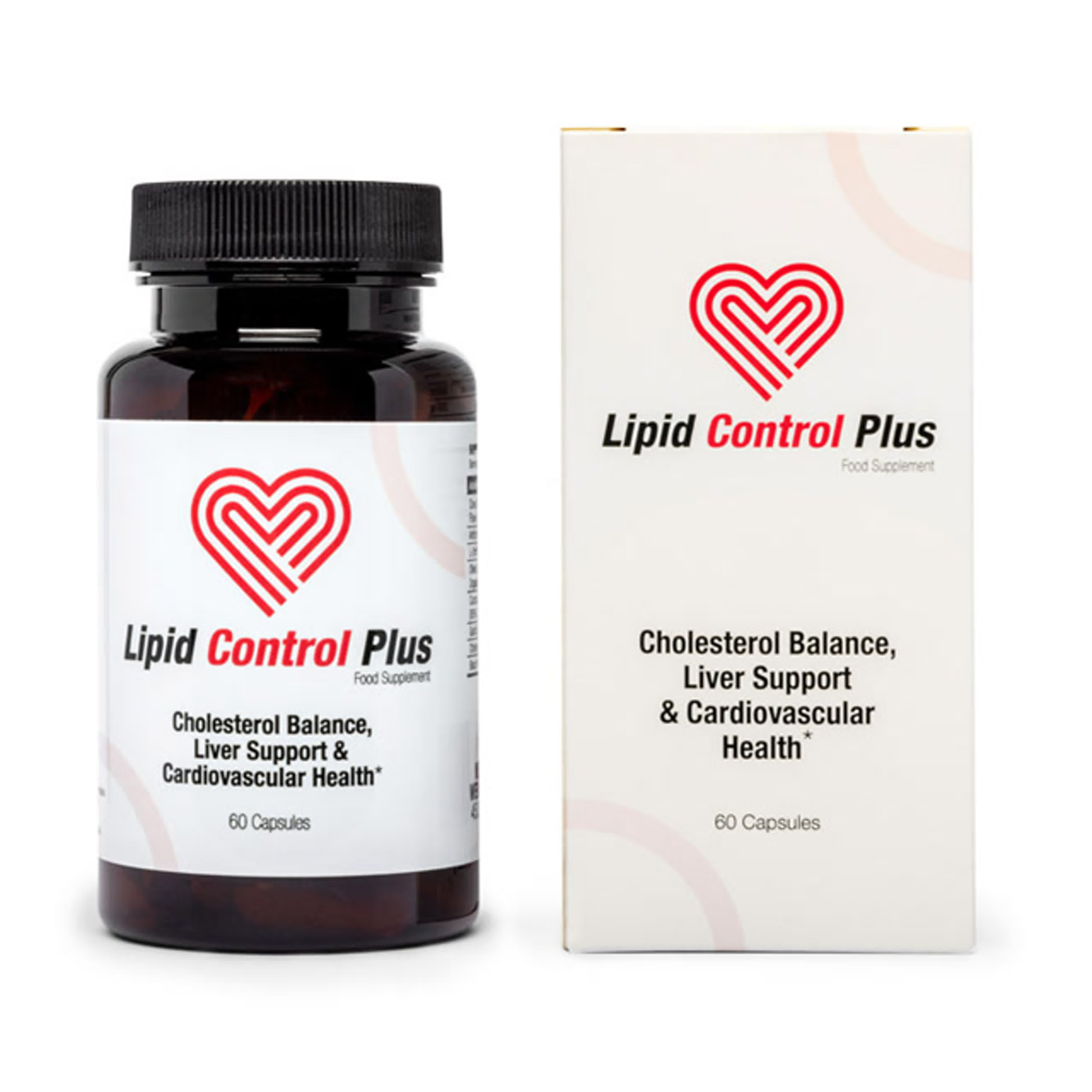
- Statins
- Bile acid sequestrants
- Cholesterol absorption inhibitors
- PCSK9 inhibitors
How do statins work to lower cholesterol? Statins work by blocking a substance your liver needs to make cholesterol. This causes your liver to remove cholesterol from your blood, effectively lowering LDL levels.
The Role of Genetics in Cholesterol Management
While lifestyle factors play a significant role in cholesterol levels, genetics also contribute. Familial hypercholesterolemia (FH) is a genetic condition that causes high cholesterol levels from birth. People with FH have a higher risk of early heart disease and may require more aggressive treatment.
Can genetic testing help in managing cholesterol? Genetic testing can identify individuals with FH, allowing for early intervention and more targeted treatment strategies. However, it’s important to note that even without a genetic predisposition, anyone can develop high cholesterol due to lifestyle factors.
Cholesterol Management: A Lifelong Commitment
Managing cholesterol levels is not a one-time effort but a lifelong commitment to health. Regular monitoring, consistent lifestyle habits, and open communication with healthcare providers are essential for long-term success. Here are some tips for maintaining healthy cholesterol levels over time:

- Schedule regular check-ups and cholesterol screenings
- Stay informed about your cholesterol numbers and understand what they mean
- Be consistent with your heart-healthy diet and exercise routine
- Take medications as prescribed and report any side effects to your doctor
- Manage stress through relaxation techniques, meditation, or counseling
- Stay motivated by tracking your progress and celebrating small victories
How often should cholesterol levels be rechecked after starting treatment? Initially, your doctor may want to check your cholesterol levels every 4-6 weeks after starting treatment to ensure the approach is effective. Once your levels stabilize, less frequent checks (every 3-12 months) may be sufficient, depending on your overall health and risk factors.
Beyond Cholesterol: A Holistic Approach to Heart Health
While managing cholesterol is crucial for heart health, it’s important to consider other cardiovascular risk factors as well. A comprehensive approach to heart health should include:

- Blood pressure management
- Blood sugar control, especially for those with diabetes
- Maintaining a healthy body weight
- Stress reduction
- Limited alcohol consumption
- Regular cardiovascular check-ups
How do these factors interact with cholesterol to affect heart health? High blood pressure, diabetes, obesity, and chronic stress can all contribute to the development of atherosclerosis, even in individuals with relatively normal cholesterol levels. Addressing these factors alongside cholesterol management provides a more comprehensive approach to reducing cardiovascular risk.
In conclusion, understanding and managing cholesterol levels is a critical aspect of maintaining overall health and preventing cardiovascular disease. Whether your cholesterol level is 255 or within the normal range, adopting heart-healthy lifestyle habits and working closely with your healthcare provider can help ensure optimal cardiovascular health for years to come.
Health ranges, what is high, and tips
Cholesterol levels vary by age, weight, and sex. They typically increase over time, and people over 20 should check their cholesterol levels every 5 years.
The Centers for Disease Control and Prevention (CDC) estimate that nearly 94 million adults in the United States have high cholesterol. This increases a person’s risk of heart disease and stroke.
In this article, we look at how doctors measure cholesterol and the healthy levels at different stages of life. We also look at ways of lowering cholesterol and maintaining acceptable levels.
Cholesterol is a waxy, fat-like substance. There are two types: low-density lipoprotein (LDL) and high-density lipoprotein (HDL).
If there is too much LDL or “bad” cholesterol in the bloodstream, it can build up in blood vessels, forming fatty deposits called plaques.These plaques can lead to other problems, including heart attacks and strokes.
Total and LDL cholesterol levels should be low. But having more HDL or “good,” cholesterol in the blood may reduce the risk of a heart attack or stroke.
But having more HDL or “good,” cholesterol in the blood may reduce the risk of a heart attack or stroke.
Doctors can measure HDL, LDL, and total cholesterol levels. The results may also show levels of all non-HDL fats that can raise the risk of heart disease.
Cholesterol levels tend to increase with age. Taking steps to reach or maintain healthy levels earlier in life may prevent them from becoming dangerously high over time. Years of unmanaged cholesterol levels can be challenging to treat.
The CDC recommends that people aged 20 or over check their cholesterol levels at least once every 4–6 years or more frequently if they have other cardiovascular disease risk factors.
Children should have at least one cholesterol test at age 9–11 and another one at age 17–21. However, children with risk factors for high cholesterol may need more frequent checks.
Typically, males tend to have higher levels throughout their lives than females. A male’s cholesterol levels increase with age, and a female’s cholesterol levels rise after menopause.
The table below shows healthy levels of cholesterol by age, according to the National Institutes of Health (NIH). Doctors measure cholesterol in milligrams per deciliter (mg/dl).
| Type of cholesterol | Anyone 19 or younger | Males aged 20 or over | Females aged 20 or over |
| Total cholesterol | less than 170 mg/dl | 125–200 mg/dl | 125–200 mg/dl |
| Non-HDL | less than 120 mg/dl | less than 130 mg/dl | less than 130 mg/dl |
| LDL | less than 100 mg/dl | less than 100 mg/dl | less than 100 mg/dl |
| HDL | more than 45 mg/dl | 40 mg/dl or higher | 50 mg/dl or higher |
For adults aged 20 and over, the following levels are significant:
| Type of cholesterol | Acceptable | Near optimal | Borderline high | High | Very high |
| Total cholesterol | below 200 mg/dl | n/a | 200–239 mg/dl | 240 mg/dl or above | n/a |
| LDL | below 100 mg/dl | 100–129 mg/dl | 130–159 mg/dl | 160–189 mg/dl | 190 mg/dl or over |
For HDL cholesterol, higher levels are linked to a reduced risk of heart disease:
| Type of cholesterol | Acceptable | Borderline low | Risk of heart disease |
| HDL | 60 mg/dl and above | 40–59 mg/dl | below 40 mg/dl |
Aging aside, any changes in cholesterol levels usually stem from health conditions and lifestyle factors.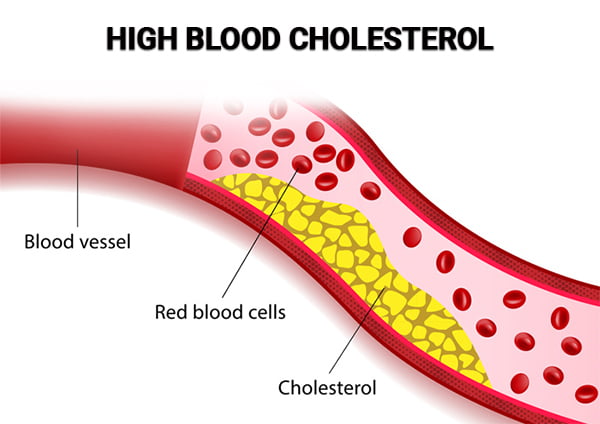 Below, we describe healthy and unhealthy ranges in more detail.
Below, we describe healthy and unhealthy ranges in more detail.
Cholesterol levels for adults
A doctor may classify a person’s levels as high or low, borderline, or healthy.
Ideally, LDL cholesterol levels should be less than 100 mg/dl. Doctors may not express concern about levels of 100–129 mg/dl for people with no health issues, but they may suggest treatment at this stage for people with heart disease or its risk factors.
Cholesterol levels for children
According to the American Academy of Pediatrics, the following measures apply for children and adolescents aged 19 and below:
| Cholesterol type | Acceptable | Borderline high | High |
| Total cholesterol | below 170 mg/dl | 170–199 mg/dl | 200 mg/dl or above |
| LDL | below 100 mg/dl | 100–129 mg/dl | over 130 mg/dl |
Other factors that affect blood cholesterol
The CDC point outs that some health conditions and lifestyle factors can raise cholesterol levels. It says that type 2 diabetes, for example, raises LDL cholesterol levels, as does familial hypercholesterolemia.
It says that type 2 diabetes, for example, raises LDL cholesterol levels, as does familial hypercholesterolemia.
The CDC also states that having a diet high in saturated fats and getting low levels of exercise may contribute to high cholesterol levels.
In addition, it acknowledges that having family members with high cholesterol increases a person’s risk.
The NIH recommends these strategies for lowering cholesterol levels:
- having a diet rich in heart-healthy foods, including plenty of fruits and vegetables, lean proteins, and whole grains
- becoming more physically active
- quitting smoking, if this applies
- having a moderate weight
- managing stress
The NIH recommends consulting a healthcare professional before starting a new exercise plan. Overall, current guidelines advise people to aim for at least 150 minutes per week of moderate-intensity exercise as well as muscle-strengthening exercise 2 days per week.
Having a healthy diet and getting plenty of exercise can also bring down high cholesterol levels in children.
Generally, the earlier a person starts making these changes, the better for their cholesterol levels, as cholesterol builds up over time.
High cholesterol at any age increases the risk of heart disease, heart attack, and stroke. These risks only increase over time.
Drug therapies to treat high cholesterol
When lifestyle changes alone cannot bring down high cholesterol, doctors may recommend medications. The CDC reports that the following drugs and supplements can help:
- Statins: Statins keep the liver from producing cholesterol and are the most common medication for high cholesterol.
- Bile acid sequestrants: These drugs reduce the amount of fat that the body absorbs from food.
- Cholesterol absorption inhibitors: These drugs lower levels of fats called triglycerides in the blood and reduce the amount of cholesterol absorbed from food.
- Some vitamins and supplements: These, such as niacin, stop the liver from removing HDL and lower levels of triglycerides.

- Omega-3 fatty acids: These raise HDL levels and lower triglyceride levels.
Before the age of 18, a doctor should check a child’s cholesterol levels at least twice. If the child’s family has a history of heart disease, overweight, or certain other health conditions, doctors may recommend checking levels more often.
A healthcare professional should check cholesterol levels in adults aged 20 or older every 4–6 years.
The doctor may recommend treatment if:
- The results show high or borderline high levels of total and LDL cholesterol.
- The person is overweight.
- The person has a family history of heart disease.
Here are some questions people often ask about cholesterol levels.
What is the target range for cholesterol levels by age?
For children and teens, borderline high total cholesterol levels are 170–199 mg/dl and borderline high LDL levels are 100–129 mg/dl. For adults aged 20 and over, borderline high total cholesterol levels are 200–239 mg/dl and borderline high LDL levels are 130–159 mg/dl.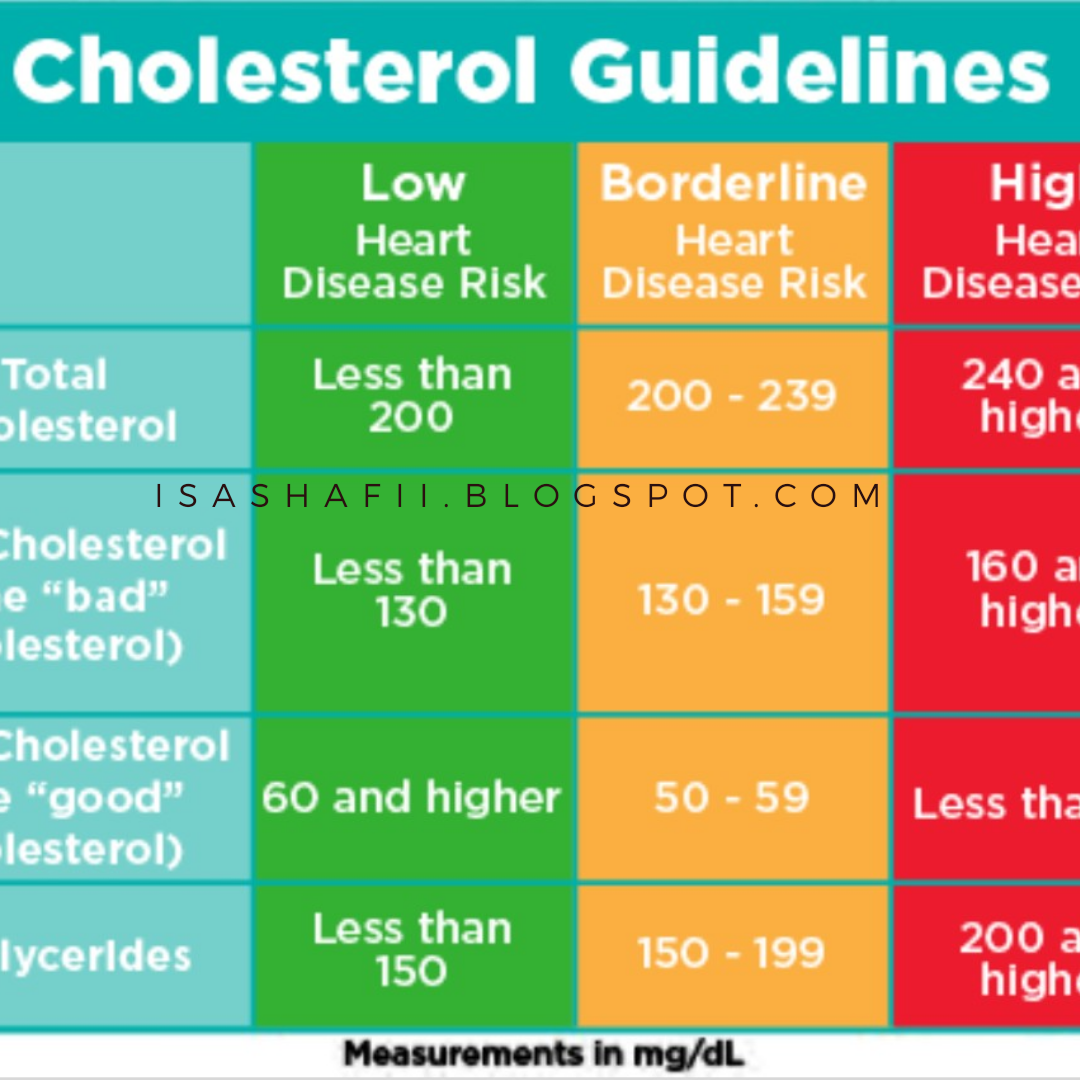 Over this is very high.
Over this is very high.
What is a serious cholesterol level?
If total cholesterol levels are 240 mg/dl or above, a doctor will consider this very high, while 200–239 mg/dl is borderline high. Very high levels of LDL are 190 mg/dl and above. HDL cholesterol levels of 40 mg/dl or less are very low and a major risk factor for heart disease.
What reduces cholesterol quickly?
Dietary measures, weight management, and exercise can all help lower cholesterol levels. A doctor may prescribe medication if the person has other cardiovascular risk factors or if their levels are very high or do not respond to lifestyle measures.
Cholesterol levels increase with age, and having high cholesterol at any age increases the risk of a heart attack or stroke.
Reaching or maintaining healthy levels may involve lifestyle changes and, if these are not enough, prescription medication.
A doctor should check cholesterol levels in adults, starting at the age of 20, every 4–6 years.
High Cholesterol: Symptoms, Causes and Treatment
Related Topics
What is cholesterol?
Cholesterol is a waxy substance your liver makes to protect nerves and to make cell tissue and certain hormones. Your body also gets cholesterol from the food you eat. This includes eggs, meats, and dairy. There is “good” (HDL) cholesterol and “bad” (LDL) cholesterol. Too much bad cholesterol (LDL) can be bad for your health.
What is the difference between “good” cholesterol and “bad” cholesterol?
Good cholesterol is known as high-density lipoprotein (HDL). It removes cholesterol from the bloodstream. Low-density lipoprotein (LDL) is the “bad” cholesterol.
If your total cholesterol level is high because of a high LDL level, you may be at higher risk of heart disease or stroke. But, if your total cholesterol level is high only because of a high HDL level, you’re probably not at higher risk.
Triglycerides are another type of fat in your blood. When you eat more calories than your body can use, it turns the extra calories into triglycerides.
When you eat more calories than your body can use, it turns the extra calories into triglycerides.
Changing your lifestyle (diet and exercise) can improve your cholesterol levels, lower LDL and triglycerides, and raise HDL.
Your ideal cholesterol level will depend on your risk for heart disease.
- Total cholesterol level – less than 200 is best, but it depends on your HDL and LDL levels.
- LDL cholesterol levels – less than 130 is best, but this depends on your risk for heart disease.
- HDL cholesterol levels – 60 or higher reduces your risk for heart disease.
- Triglycerides – less than 150 milligrams per deciliter (mg/dl) is best.
Symptoms of high cholesterol
Often, there are no specific symptoms of high cholesterol. You could have high cholesterol and not know it.
If you have high cholesterol, your body may store the extra cholesterol in your arteries. These are blood vessels that carry blood from your heart to the rest of your body. A buildup of cholesterol in your arteries is known as plaque. Over time, plaque can become hard and make your arteries narrow. Large deposits of plaque can completely block an artery. Cholesterol plaques can also break apart, leading to formation of a blood clot that blocks the flow of blood.
These are blood vessels that carry blood from your heart to the rest of your body. A buildup of cholesterol in your arteries is known as plaque. Over time, plaque can become hard and make your arteries narrow. Large deposits of plaque can completely block an artery. Cholesterol plaques can also break apart, leading to formation of a blood clot that blocks the flow of blood.
A blocked artery to the heart can cause a heart attack. A blocked artery to your brain can cause a stroke.
Many people don’t discover that they have high cholesterol until they suffer one of these life-threatening events. Some people find out through routine check-ups that include blood tests.
What causes high cholesterol?
Your liver produces cholesterol, but you also get cholesterol from food. Eating too many foods that are high in fat can increase your cholesterol level.
Being overweight and inactive also causes high cholesterol. If you are overweight, you most likely have a higher level of triglycerides. If you never exercise and aren’t active in general, it can lower your HDL (good cholesterol).
If you never exercise and aren’t active in general, it can lower your HDL (good cholesterol).
Your family history also affects your cholesterol level. Research has shown that high cholesterol tends to run in families. If you have an immediate family member who has it, you could have it, too.
Smoking also causes high cholesterol. It lowers your HDL (good cholesterol).
How is high cholesterol diagnosed?
You can’t tell if you have high cholesterol without having it checked. A simple blood test will reveal your cholesterol level.
Men 35 years of age and older and women 45 years of age and older should have their cholesterol checked. Men and women 20 years of age and older who have risk factors for heart disease should have their cholesterol checked. Teens may need to be checked if they are taking certain medicines or have a strong family history of high cholesterol. Ask your doctor how often you should have your cholesterol checked.
Risk factors for heart disease include:
- Cigarette smoking
- High blood pressure
- Older age
- Having an immediate family member (parent or sibling) who has had heart disease
- Being overweight or obese
- Inactivity
Can high cholesterol be prevented or avoided?
Making healthy food choices and exercising are two ways to reduce your risk of developing high cholesterol.
Eat fewer foods with saturated fats (such as red meat and most dairy products). Choose healthier fats. This includes lean meats, avocados, nuts, and low-fat dairy items. Avoid foods that contain trans fat (such as fried and packaged foods). Look for foods that are rich in omega-3 fatty acids. These foods include salmon, herring, walnuts, and almonds. Some egg brands contain omega-3.
Exercise can be simple. Go for a walk. Take a yoga class. Ride your bike to work. You could even participate in a team sport. Aim to get 30 minutes of activity every day.
High cholesterol treatment
If you have high cholesterol, you may need to make some lifestyle changes. If you smoke, quit. Exercise regularly. If you’re overweight, losing just five to 10 pounds can improve your cholesterol levels and your risk for heart disease. Make sure to eat plenty of fruits, vegetables, whole grains, and fish.
Depending on your risk factors, your doctor may prescribe medicine and lifestyle changes.
Living with high cholesterol
If you have high cholesterol, you are twice as likely to develop heart disease. That is why it is important to have your cholesterol levels checked, especially if you have a family history of heart disease. Reducing your LDL “bad cholesterol” through good diet, exercise, and medicine can make a positive impact on your overall health.
Questions to ask your doctor
- Am I at risk for heart disease?
- How often should I get my cholesterol tested?
- What are my cholesterol levels? Are they high?
- What lifestyle changes do I need to make to help improve my cholesterol levels and heart health?
- Do I need cholesterol medicine?
- What are the side effects of the medicine?
Resources
Centers for Disease Control and Prevention: Cholesterol
National Institutes of Health, National Heart, Lung, and Blood Institute: Cholesterol
What level of cholesterol is considered high? | Eternal questions | Question-Answer
Elena Slobodyan
Estimated reading time: 12 minutes
948648
Category:
Diseases and treatment
The level of cholesterol in the blood is an important indicator of health. Cholesterol is present in every organ, in every cell membrane and in muscle. Without this substance, the construction of the skeleton, the regeneration of damaged tissues, the metabolism and the production of the most important sex hormones, such as testosterone, estrogen and cortisol, are impossible.
A person receives only 20% of cholesterol from food, in particular, from animal fats, meat, some types of proteins and other products, and the remaining 80% is produced in the human liver.
What is cholesterol?
Cholesterol is usually divided into “bad” and “good”. Both forms are found in the blood plasma as part of lipoproteins: complex complex compounds consisting of fats and proteins.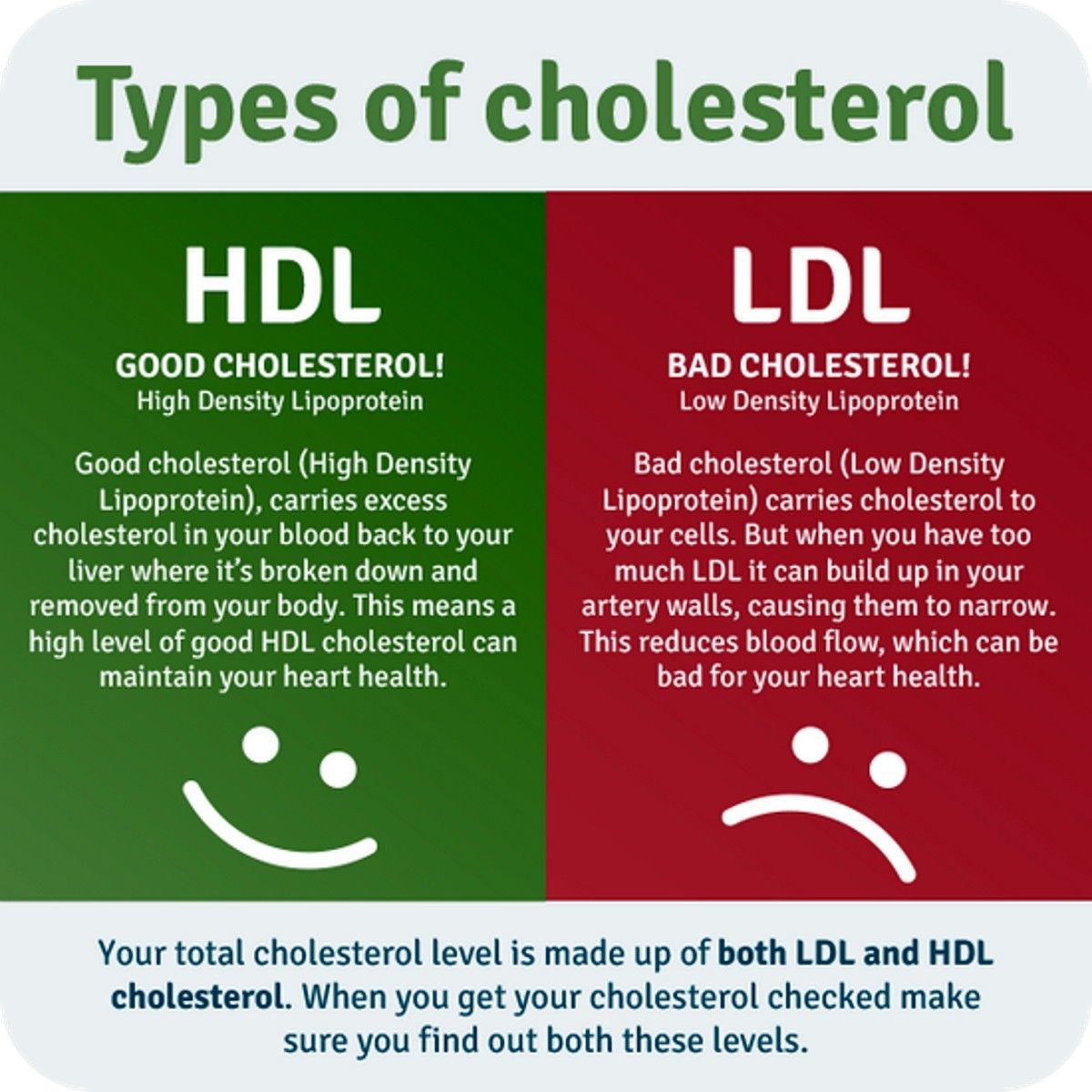
“Good” cholesterol is the code name for high-density lipoprotein (HDL). The main function of “good” cholesterol is the continuous transfer of excess cholesterol from the blood to the liver for processing and further excretion from the body. Therefore, such cholesterol actively protects the body from serious diseases and cleanses the inner walls of blood vessels.
In contrast, “bad” cholesterol settles inside the walls of the arteries, forming plaques. It combines with apoproteins (special types of protein) and forms fat-protein complexes (LDL). Dangerous for health is the increase in the level of this particular cholesterol.
Cholesterol norms for women and men
The content of cholesterol in human blood can vary from 3.6 mmol/l to 7.8 mmol/l. The optimal level of cholesterol is considered:
Index | Norm for men, mmol/l | Norm for women, mmol/l |
Cholesterol, total | 3. | 3.6-5.2 |
“Bad” cholesterol (LDL) | 2.25-4.82 | to 3.5 |
Good cholesterol (HDL) | 0.7-1.7 | 0.9-1.9 |
Norms of blood cholesterol in men by age
Age | Total cholesterol | LDL cholesterol | HDL cholesterol |
< 5 years | 2. | ||
5-10 years | 3.13-5.25 mmol/l | 1.63-3.34 mmol/l | 0.98-1.94 mmol/l |
10-15 years | 3.08-5.23 mmol/l | 1.66-3.34 mmol/l | 0.96-1.91 mmol/l |
15-20 years | 2.91-5.10 mmol/l | 1.61-3.37 mmol/l | 0.78-1.63 mmol/l |
20-25 years old | 3. | 1.71-3.81 mmol/l | 0.78-1.63 mmol/l |
25-30 years old | 3.44-6.32 mmol/l | 1.81-4.27 mmol/l | 0.80-1.63 mmol/l |
30-35 years | 3.57-6.58 mmol/l | 2.02-4.79 mmol/l | 0.72-1.63 mmol/l |
35-40 years old | 3.63-6.99 mmol/l | 1. | 0.88-2.12 mmol/l |
40-45 years | 3.91-6.94 mmol/l | 2.25-4.82 mmol/l | 0.70-1.73 mmol/l |
45-50 years old | 4.09-7.15 mmol/l | 2.51-5.23 mmol/l | 0.78-1.66 mmol/l |
50-55 years | 4.09-7.17 mmol/l | 2.31-5.10 mmol/l | 0. |
55-60 years old | 4.04-7.15 mmol/l | 2.28-5.26 mmol/l | 0.72-1.84 mmol/l |
60-65 years | 4.12-7.15 mmol/l | 2.15-5.44 mmol/l | 0.78-1.91 mmol/l |
65-70 years old | 4.09-7.10 mmol/l | 2.49-5.34 mmol/l | 0.78-1.94 mmol/l |
> 70 years old | 3. | 2.49-5.34 mmol/l | 0.85-1.94 mmol/l |
Norms of blood cholesterol in women by age
Age | Total cholesterol | LDL cholesterol | HDL cholesterol |
< 5 years | 2.90-5.18 mmol/l | ||
5-10 years | 2. | 1.76-3.63 mmol/l | 0.93-1.89mmol/l |
10-15 years | 3.21-5.20 mmol/l | 1.76-3.52 mmol/l | 0.96-1.81 mmol/l |
15-20 years old | 3.08-5.18 mmol/l | 1.53-3.55 mmol/l | 0.91-1.91 mmol/l |
20-25 years old | 3.16-5.59 mmol/l | 1. | 0.85-2.04 mmol/l |
25-30 years old | 3.32-5.75 mmol/l | 1.84-4.25 mmol/l | 0.96-2.15 mmol/l |
30-35 years | 3.37-5.96 mmol/l | 1.81-4.04 mmol/l | 0.93-1.99 mmol/l |
35-40 years old | 3.63-6.27 mmol/l | 1.94-4.45 mmol/l | 0. |
40-45 years | 3.81-6.53 mmol/l | 1.92-4.51 mmol/l | 0.88-2.28 mmol/l |
45-50 years old | 3.94-6.86 mmol/l | 2.05-4.82 mmol/l | 0.88-2.25 mmol/l |
50-55 years | 4.20-7.38 mmol/l | 2.28-5.21 mmol/l | 0.96-2.38 mmol/l |
55-60 years old | 4. | 2.31-5.44 mmol/l | 0.96-2.35 mmol/l |
60-65 years old | 4.45-7.69 mmol/l | 2.59-5.80 mmol/l | 0.98-2.38 mmol/l |
65-70 years old | 4.43-7.85 mmol/l | 2.38-5.72 mmol/l | 0.91-2.48 mmol/l |
> 70 years old | 4.48-7.25 mmol/l | 2. | 0.85-2.38 mmol/l |
What happens when you have high cholesterol?
High cholesterol can be caused by:
How can blood cholesterol levels be controlled?
Only physical activity can increase the level of “good” cholesterol: medium and moderate physical activity on the body can increase its production. A low-carbohydrate diet can also help lower bad cholesterol levels. You should exclude the use of margarine, mayonnaise, chips, pastries, fried foods and convenience foods.
How can I check my cholesterol level?
To find out your cholesterol level, you should do a biochemical blood test. The analysis can be taken in almost any clinic, for this they take approximately 5 milliliters of blood from the cubital vein. It is important to know that before taking a cholesterol test, you should not eat anything for 12 hours, limit yourself to physical activity.
See also:
- …What are the standards for blood sugar and cholesterol levels? →
- What pressure is considered normal, low and high? →
- …What is the difference between good and bad cholesterol? →
cholesterol
Next article
The most interesting in social networks
Media news2
Cholesterol is the norm in the elderly and the reasons for the increase
Cholesterol is an integral part of the nerves, human brain and cell membranes. Also, this substance directly affects the production of hormones, including testosterone. Doctors believe that an increase in blood cholesterol levels can lead to complications and vascular diseases.
The level of a substance in the blood is determined by many factors, which include gender, lifestyle, amount of physical activity, diet and age of the person.
Cholesterol norms
The cholesterol norm for women after 50 and the cholesterol norm for men after 60 are determined separately. In general, it depends not only on gender, but also on age. An elevated cholesterol level does not characterize itself in any way, and it cannot be determined in any way without a blood test.
In general, it depends not only on gender, but also on age. An elevated cholesterol level does not characterize itself in any way, and it cannot be determined in any way without a blood test.
Blood test includes:
- Total cholesterol level. This indicator is the sum of the amount of low-density and high-density fatty proteins that circulate in the blood.
- Low density lipoproteins (LDL). These are complexes responsible for the supply of cholesterol to the cells of tissues and organs. Almost insoluble and in the process of transmission they lose cholesterol crystals, which remain on the walls of blood vessels and form unfavorable plaques.
- High density lipoproteins (HDL). They do not lose the substance, but, on the contrary, they pick up the remains from the blood, which are transferred to the liver for disposal from the human intestine. The high molecular level allows them to attract cholesterol particles not only from blood vessels, but also from fatty plaques.

- Triglycerides.
In old age, people do the right thing by trying to reduce the level of the substance, as this will help inhibit the development of atherosclerosis and reduce the risk of myocardial infarction, as well as stroke.
Norms for men
Cholesterol norm for men after 50 in terms of LDL, mmol / l:
- 50–55 years – from 2.31 to 5.10;
- 55-60 years – from 2.28 to 5.26.
Cholesterol norm in men after 50 in terms of HDL, mmol / l:
- 50-55 years – from 0.72 to 1.63;
- 55-50 years – from 0.72 to 1.84.
Cholesterol norm in men after 60 in terms of LDL, mmol / l:
- 60–65 years old – from 2.15 to 5.44;
- 65-70 years – from 2.54 to 5.44;
- over 70 years old – from 2.49 to 5.34.
Cholesterol norm in men after 60 in terms of HDL, mmol / l:
- 60–65 years old – from 0.78 to 1.91;
- 65-70 years – 0.
 78 to 1.94;
78 to 1.94; - over 70 years old – from 0.80 to 1.94.
Norm for women
Cholesterol norm in women after 50 in terms of LDL, mmol / l:
- 50–55 years – from 2.28 to 5.21;
- 55-60 years – from 2.31 to 5.44;
- 60-65 years – from 2.59 to 5.80;
- 65-70 years – from 2.38 to 5.72;
- over 70 years old – from 2.49 to 5.34.
Cholesterol norm in women after 50 in terms of HDL, mmol / l:
- 50-55 years – from 0.96 to 2.38;
- 55-60 years – from 0.96 to 2.35;
- 60-65 years – from 0.98 to 2.38;
- 65-70 years – from 0.91 to 2.48;
- over 70 years old – from 0.85 to 2.38.
The derived norms for men and women are the average result of a blood test from a huge number of people. The results were published by one of the Eurolab clinics, but people who most often had any chronic diseases took part in the analyzes. In old age, most of the elderly suffer from diseases.
And therefore the range of some values may be too wide. Take a guideline is on the rules more stringent. In addition, a person will be able to determine his norm only after consulting with a specialist and after taking a blood test to check the level of cholesterol in the blood.
Causes of elevated cholesterol levels
Among the most common causes are lack of exercise and poor diet. Older people can also unknowingly raise their cholesterol due to certain medications. Hereditary diseases and hormones also play a role. But each of the factors must be considered separately.
- Wrong diet. Older people need to consume less sugar and it is best to follow a low-carb diet, exclude fried and processed foods from the diet.
- Obesity. This is an obvious factor that affects the risk of diseases associated with the heart and blood vessels. Weight loss lowers LDL cholesterol and triglyceride levels.
- Low mobility. Even in old age, people should exercise, as physical activity also helps to reduce the level of “bad” cholesterol.

- Age. The older the person, the higher the level of the substance in the blood. Before menopause, women have significantly lower levels than men.
- Hereditary diseases. Some of them directly affect the increase in blood cholesterol, but such genetic diseases are quite rare.
- Medicinal preparations. Many of them are sold in pharmacies without a prescription and lower the level of “good” HDL cholesterol.
Diabetes mellitus, kidney and liver diseases, thyroid hormones also affect the level.
Ways to Lower Cholesterol
To lower blood cholesterol levels, follow these simple guidelines for gradual lifestyle changes:
- Eat a low-carbohydrate diet.
- Add more cheese, meat and eggs to your diet, as these foods increase “good” cholesterol.
- Try to avoid whole grains, as gluten adversely affects the human body.
- Do not overdo fruit.
- Create a workout schedule for half an hour once a day.

- Eat foods high in fiber.
- Give up alcohol and bad habits.
Even the level of stress in the everyday life of older people influences its content.
The dangers of high levels and how it manifests itself
High blood cholesterol can manifest itself in cases where it does not decrease for a long time. Accumulations on the walls of blood vessels reduce the lumen, and as a result, too little oxygen and nutrients enter the body.
This puts the elderly at risk of developing adverse angina, as well as heart attacks and even cardiac arrest.
Mood swings, severe drowsiness and unreasonable apathy may indicate that something is wrong in the body. Pain behind the sternum, heaviness and stiffness of the legs, as well as varicose veins and swelling can be some of the manifestations of high cholesterol.
If you feel unwell, older people are advised to see a doctor and have a blood test. Analyzes should be taken regularly in order to identify a problem with cholesterol in time.


 6-5.2
6-5.2 95-5.25 mmol/l
95-5.25 mmol/l 16-5.59 mmol/l
16-5.59 mmol/l 94-4.45 mmol/l
94-4.45 mmol/l 72-1.63 mmol/l
72-1.63 mmol/l 73-6.86 mmol/l
73-6.86 mmol/l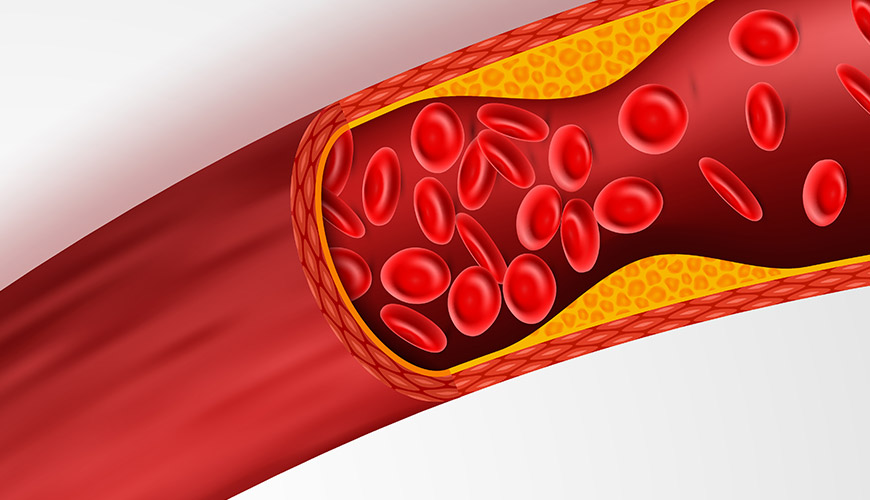 26-5.30 mmol/l
26-5.30 mmol/l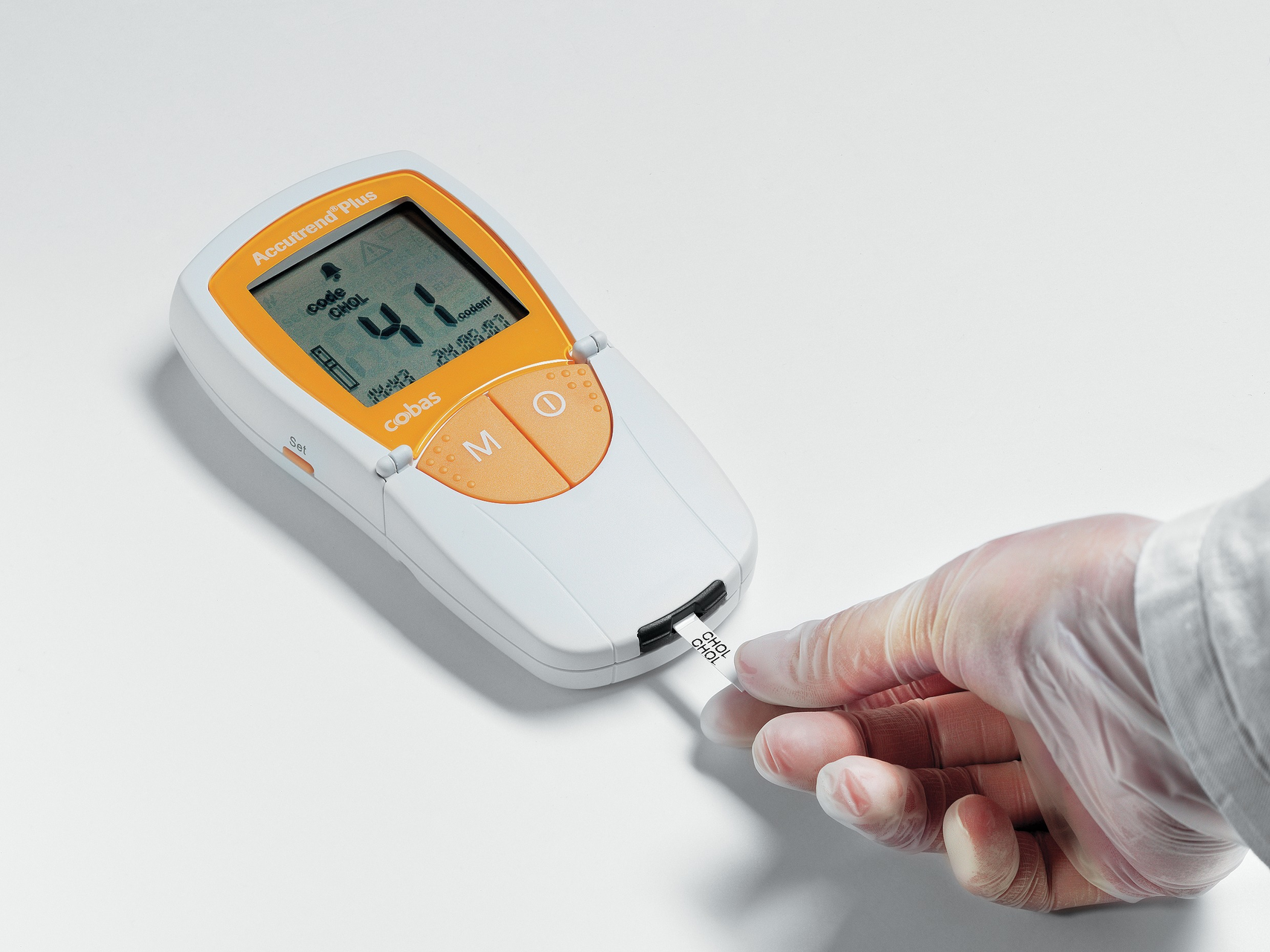 48-4.12 mmol/l
48-4.12 mmol/l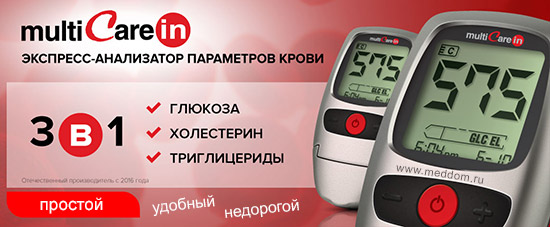 88-2.12 mmol/l
88-2.12 mmol/l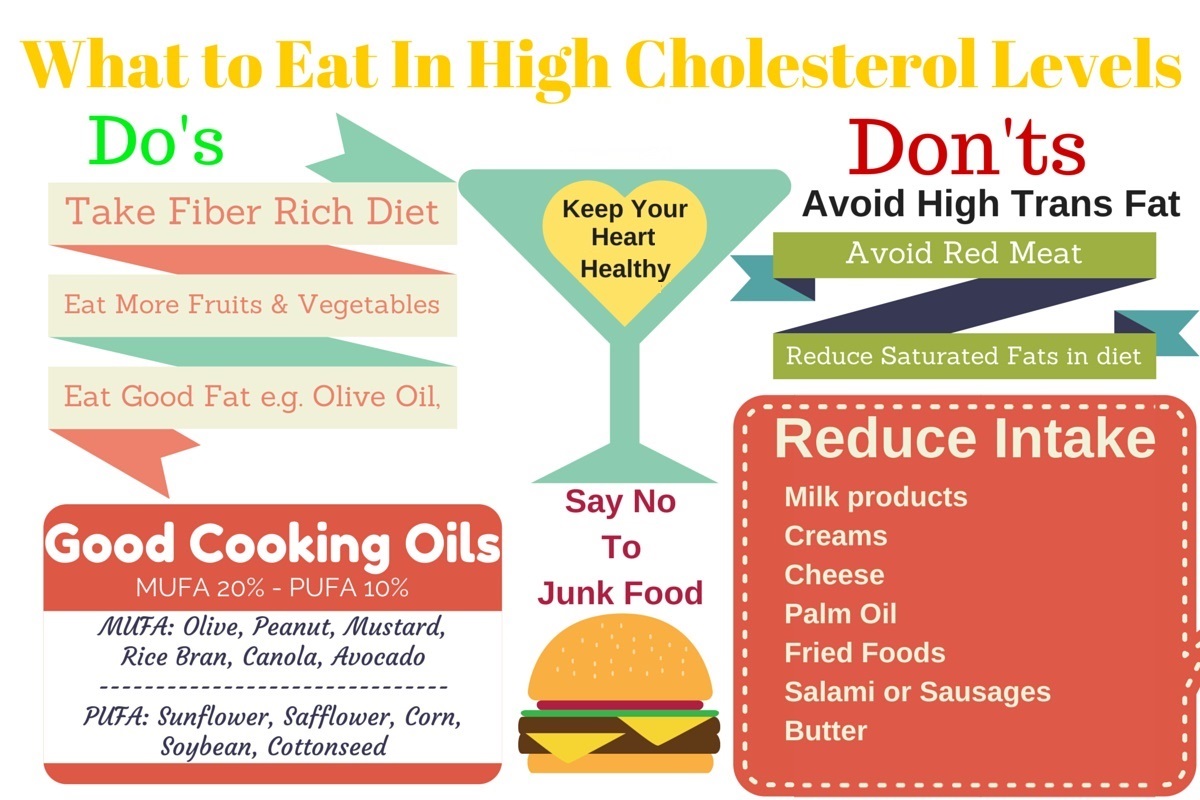 45-7.77 mmol/l
45-7.77 mmol/l 49-5.34 mmol/l
49-5.34 mmol/l:max_bytes(150000):strip_icc()/cholesterol-levels-by-age-chart-5190176-FINAL-d8db6177f9114357b3057f773476f533.jpg)
 78 to 1.94;
78 to 1.94;